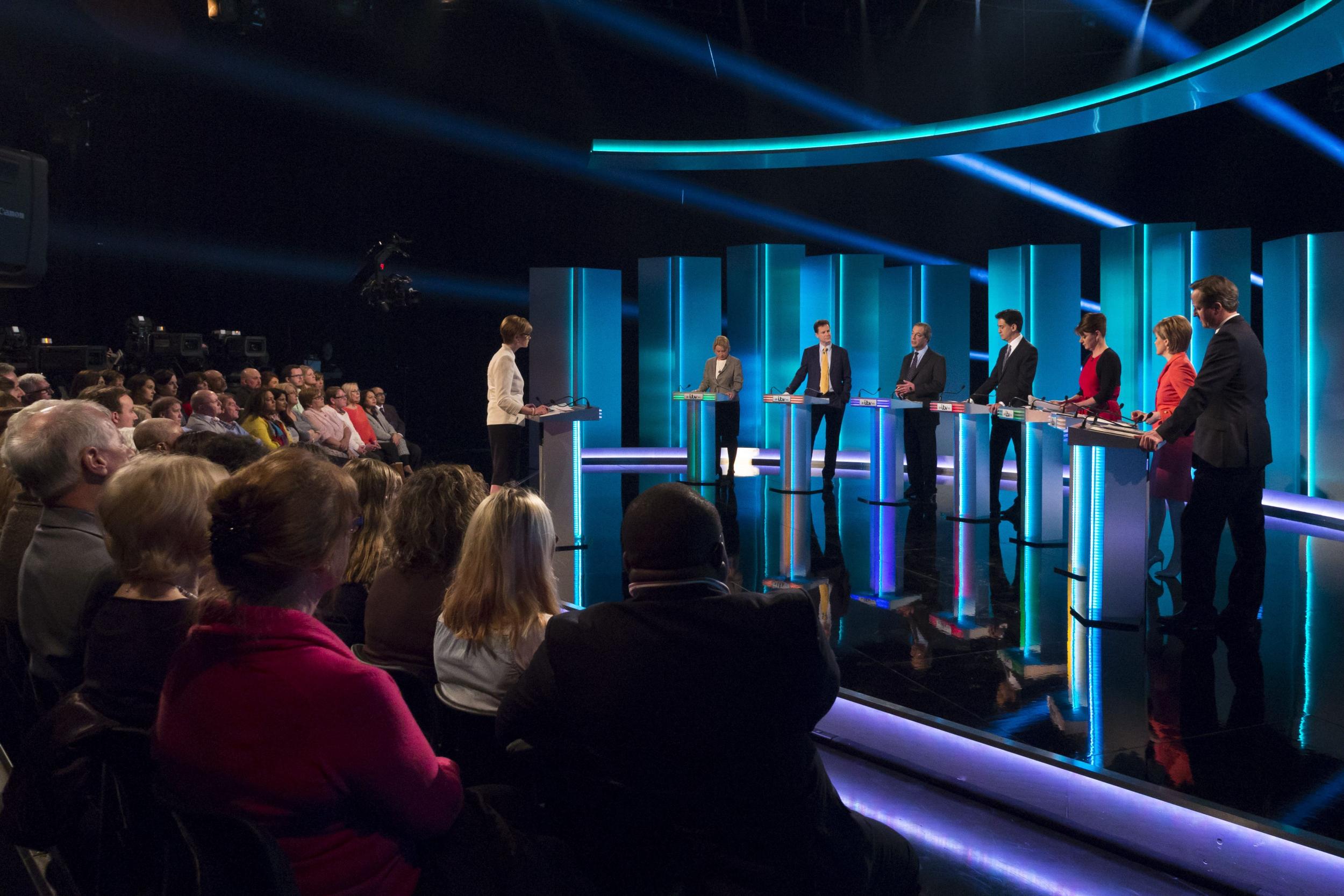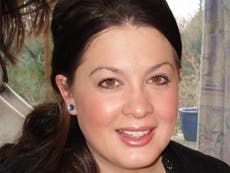Why the opinion polls got the last general election so wrong
It is now clear for polling purposes that Labour voters are easier to find than Conservative ones


There has been plenty of speculation about why the polls put the Conservatives and Labour neck and neck in last May’s election when in practice the Conservatives were seven points ahead. Today sees the publication of a new report that actually provides some hard evidence.
It comes from the British Social Attitudes (BSA) survey, an annual survey conducted by NatCen Social Research. Between July and November last year this survey asked all its 4,328 respondents how they had voted.In contrast to the polls – which even when they went back to people after polling day still found little in the way of a Conservative lead – BSA has a Conservative lead of six points, close to the eventual outcome.
Much of the speculation about the error in the polls has focused on an alleged reluctance among Conservative voters to declare their support, or a failure by Labour supporters to admit they were not going to make it (and did not make it) to the polls.
But if this were the main problem facing the polls, BSA should also have failed to get the Conservative lead right. That it has largely succeeded (as has a similar survey for the academic British Election Study) suggests that, instead, the polls’ difficulties simply lay in their failure to find enough Conservative voters, a problem they were then unable to overcome through their weighting and filtering of the data they had obtained.
BSA was undertaken in a very different way from the polls. Those selected for interview were chosen at random from the comprehensive list of addresses maintained by Royal Mail. Internet polls, in contrast, are conducted among panels of people who have either volunteered to take part in such polls or else have been successfully recruited into membership. True, phone polls ring their numbers at random, but who gets interviewed if the call is answered is not necessarily chosen that way.
Just as importantly, BSA made repeated attempts, sometimes as many as nine, to get the people who had been selected for interview to take part. Most opinion polls, in contrast, are conducted over just two or three days and do not have time to do this.
Today’s report shows these things make a difference. First, Labour voters are easier to find than Conservative ones. Among those who answered the BSA survey the first time an interviewer called, Labour were no less than six points ahead. Only if an interviewer had to call two or (especially) three times did the Conservatives emerge well ahead. If Labour voters are easier to find, polls conducted over just two or three days are clearly at risk of finding too many of them.
Second, BSA has been much more successful at finding non-voters. Just 70 per cent of its sample said they had voted, only slightly above the 66 per cent who did so. The polls, in contrast, often pointed to as much as a 90 per cent turnout.
That matters because young voters were much less likely to vote than older voters, while those that did vote were much more inclined to back Labour than were their elders. So if, as seems likely, the polls interviewed too many young people who were going to make it to the polls, they were again at risk of finding too many Labour voters.
John Curtice is a senior research fellow at NatCen Social Research



Join our commenting forum
Join thought-provoking conversations, follow other Independent readers and see their replies